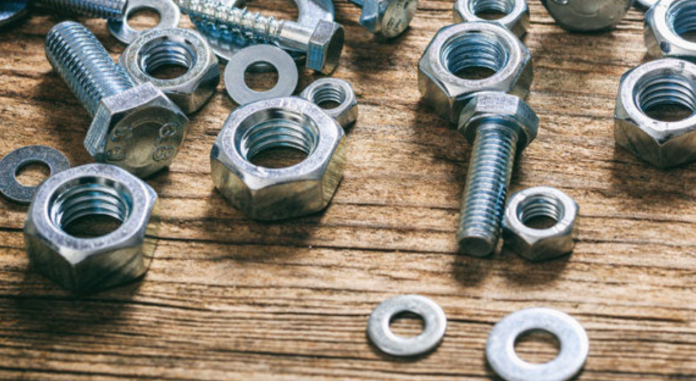The uncommon erosion resistance of 904L latches may be a result of the fastidious building of its chemical composition, custom-made particularly to persevere extreme natural conditions. Withstanding tall concentrations of acids, chloride particles, and other destructive specialists, 904L stands out as a stalwart in challenging settings.
As we dismember the commitments of each component, a comprehensive understanding develops of how 904L latches accomplish and keep up their uncommon erosion resistance, gaining them an unmistakable put in businesses where toughness is foremost. https://www.a2fasteners.com/what-are-904l-bolts-and-nuts/ Check it for further necessary information.
Understanding the Erosion Resistance Instruments of 904L Fasteners
At its center, 904L may be a high-alloy austenitic stainless steel characterized by its tall substance of chromium, nickel, and molybdenum, together with augmentations of copper and little sums of other components such as manganese, silicon, sulfur, and phosphorus. This complicated combination of components is fastidiously adjusted to confer a few corrosion-resistant instruments to the fabric.
Chromium: The Establishment of Inactivity
Chromium is the primary alloying component mindful of the passivation layer arrangement on the surface of stainless steel, counting 904L. When exposed to oxygen, chromium responds to create a lean, self-repairing oxide layer, known as chromium oxide (Cr2O3), which acts as an obstruction between the metal and the encompassing environment.
This detached film viably shields the basic fabric from erosion, indeed in forceful chemical situations. The tall chromium substance in 904L latches guarantees the arrangement of a strong and steady oxide layer, upgrading its resistance to erosion.
Nickel: Advancing Austenitic Structure and Solidness
Nickel plays an essential part in upgrading the erosion resistance of 904L latches through a few components. Firstly, nickel advances the austenitic gem structure of stainless steel, which confers fabulous durability and ductility, making 904L reasonable for different creation forms and applications.
Moreover, nickel upgrades the steadiness of the inactive oxide layer shaped by chromium, in this manner moving forward the material’s resistance to localized erosion wonders such as setting and crevice corrosion. The considerable nickel substance in 904L contributes to its extraordinary erosion resistance in both acidic and antacid situations, making it a favored choice for applications where erosion could be a predominant concern.
Molybdenum: Improving Resistance to Chloride Erosion
Molybdenum is another basic alloying component in 904L fasteners that altogether upgrades their resistance to erosion, especially in chloride-rich situations. Molybdenum shapes steady compounds with chlorine particles, relieving the hindering impacts of chloride-induced erosion, such as stretch erosion breaking (SCC) and setting erosion. Usually especially profitable in marine and coastal applications where presentation to seawater and salt-laden atmospheres poses a noteworthy erosion chance.
Copper: A Special Expansion for Flexible Erosion Resistance
Copper could be a one-of-a-kind expansion to the chemical composition of 904Lclasp, recognizing them from customary austenitic stainless steels. Copper upgrades the material’s resistance to lessening acids, such as sulfuric corrosive and phosphoric acid, by promoting the arrangement of a more steady inactive film on the surface of the steel. Additionally, copper acts synergistically with nickel and molybdenum to move forward the material’s resistance to erosion in chloride-containing situations, improving its flexibility and appropriateness in destructive conditions.
Optimization through Minor Alloying Components
In expansion to these essential alloying components, minor augmentations of manganese, silicon, sulfur, and phosphorus are carefully controlled to optimize the mechanical properties and erosion resistance of the 904L clasp. Manganese and silicon contribute to the DE oxidation and strong arrangement reinforcing of the steel, moving forward its machinability, weldability, and mechanical execution. Sulfur and phosphorus, although displayed in small quantities, are tightly controlled to play down their hindering impacts on the material’s corrosion resistance, especially in high-temperature applications where sulfide-induced erosion may happen.
Conclusion
The erosion resistance of 904L latches is unpredictably connected to their chemical composition, which is custom-fitted to saddle the synergistic impacts of chromium, nickel, molybdenum, copper, and other alloying components. By shaping a vigorous inactive oxide layer, moderating chloride-induced erosion, and standing up to assault from various corrosive operators, 904L latches show uncommon toughness and unwavering quality in requesting situations, making them irreplaceable in businesses extending from chemical handling and oil refining to marine building and desalination.











